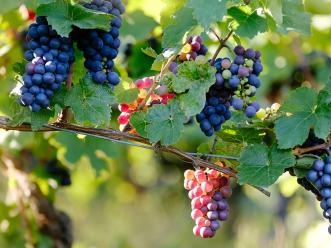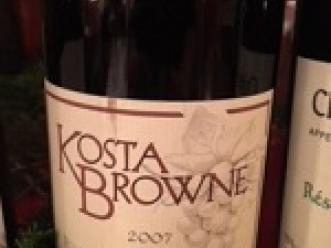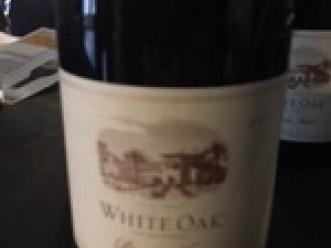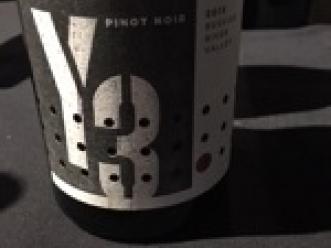Interview with Dan Kosta
Anecdotal evidence suggests the raison d’etre of Pinot Noir has been challenged, stretched, and reshaped in the past ten years.
Pick up a Wine Spectator from the mid to late 90’s, and there is a lot of commonality. Dehlinger, Rochioli and Williams Selyem shared face-time with perennial star, Marcassin. Not only do those wineries make a lot of Russian River Pinot, but their alcohol levels in years of ratings dominance held consistently in the 13-14.5% range.
Ratings leaders from the past few years also have a lot in common. Kosta Browne, Loring Wine Company, Sine Qua Non follow a garagiste approach, sourcing grapes from multiple appellations, and all have released a number of Pinots with alcohol levels in the 14.5-16% range. Interestingly, both favorable reviews and vocal detractors describe some of these wines as “fruit-bombs”, “Syrah-like” and “non-traditional.”
I asked Dan Kosta, partner of Kosta Browne (producer of Wine Spectator’s top scoring Californian wine of 2006), his opinions on the accuracy of the popular suggestion that regional Pinot Noir has evolved from a more traditional Burgundian model to something uniquely Californian.
Question: Do you feel there is truth to the perception that California Pinots have evolved into a new style with more fruit/alcohol?
Dan Kosta: “Obviously, this issue has become very polarizing. But I think that is winemakers and consumers are over-simplifying the issue. Over the last two releases (2003 and 2004), there has indeed been a general trend toward a bit higher alcohols. In my experience this was not deliberate and is a result of the vintages and their corresponding heat spikes.”
Question: Al Gore would agree with the climate assessment. Do you think that generally speaking, winemakers try to “force” a consistent style by harvesting at similar Brix levels over multiple harvests, or does the fruit dictate a unique style each year?
Dan Kosta: “Wineries like us tend to harvest based on the flavor of the grape. In other words, we like to harvest when the flavors ‘pop.’ Sometimes the physiological ripeness occurs when the sugars are a bit higher, resulting in higher alcohol. Sometimes, the sugar is lower (as in 2005 and 2006), resulting in lower alcohol wines.”
Question: Do you have a Pinot style preference yourself?
Dan Kosta: “I prefer to drink Pinot Noir with character, uniqueness and full flavor. This can be manifested in both light, elegant Pinots as well as bold, fruit driven wines. I spent many years as a wine director in a restaurant… and am trained to be objective and fair. I see merit in just about all sound wines. It seems as though politics and positioning have limited people’s open mindedess and in the end, those with closed, biased opinions will be limiting their enjoyment of wines.“
Question: Is it fair to compare California Pinot and Burgundy?
Dan Kosta: “Unfortunately, this comparison has polarized Pinot Noir fans as well. The beauty of Pinot Noir is its diversity. I believe this diversity should be celebrated and not used to force people into two different camps. It is very difficult to create a California style Pinot Noir in Burgundy and vice versa. If Pinot Noir was grown in California hundreds of years before Burgundy, would Burgundy be comparing itself to California?”
Question: What is Kosta Browne’s roadmap for the future?
Dan Kosta: “We do not intend on ‘evolving’ to fit one category of winemaking. We will continue our quest to create flavorful, expressive wines, within the scope of Mother Nature. Sometimes that will mean that alcohol levels fluctuate from year to year. In the end, BALANCE is paramount.“





